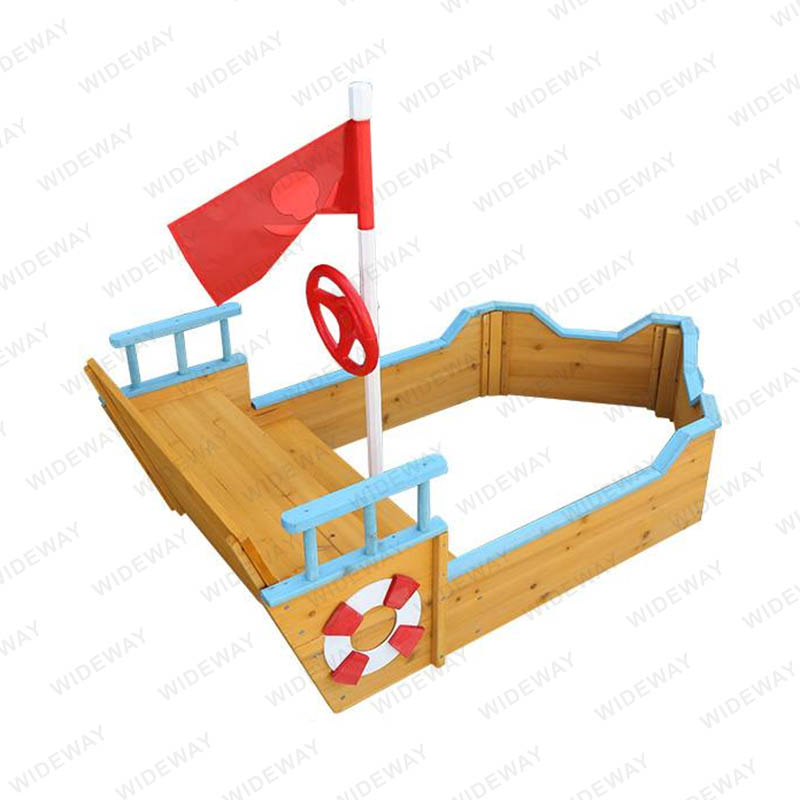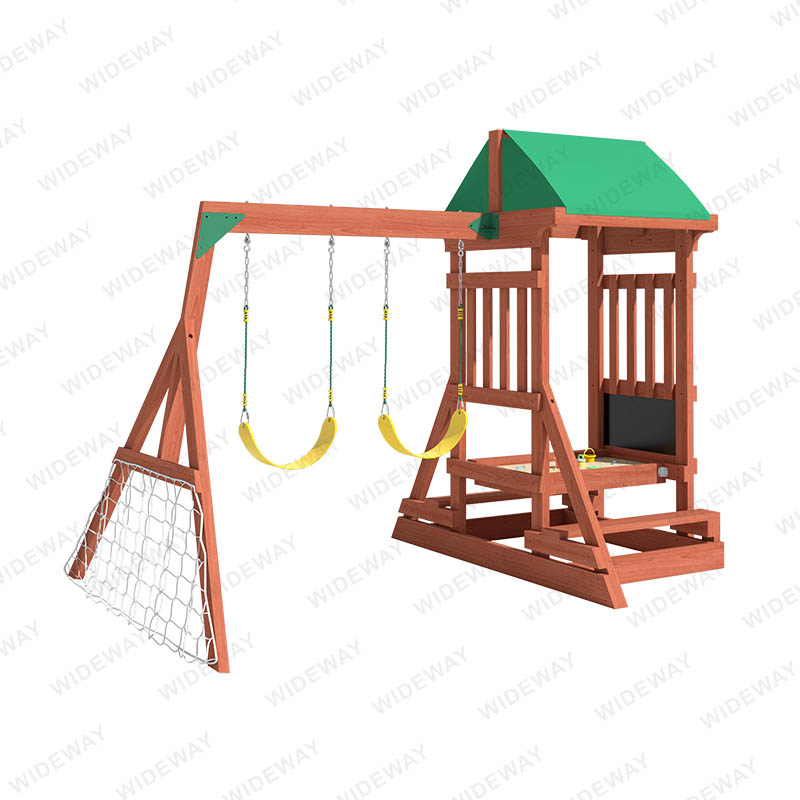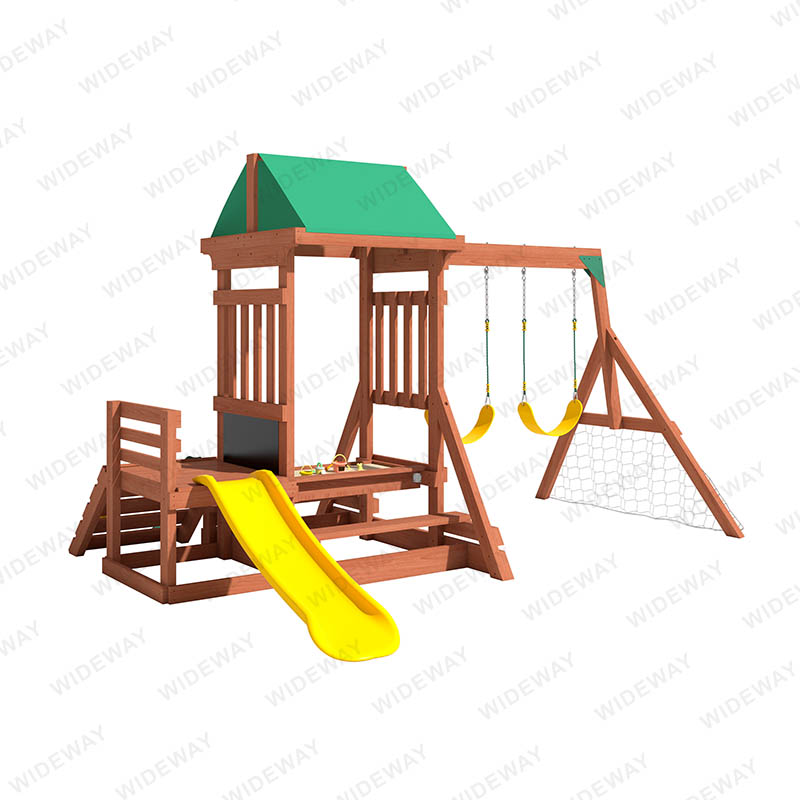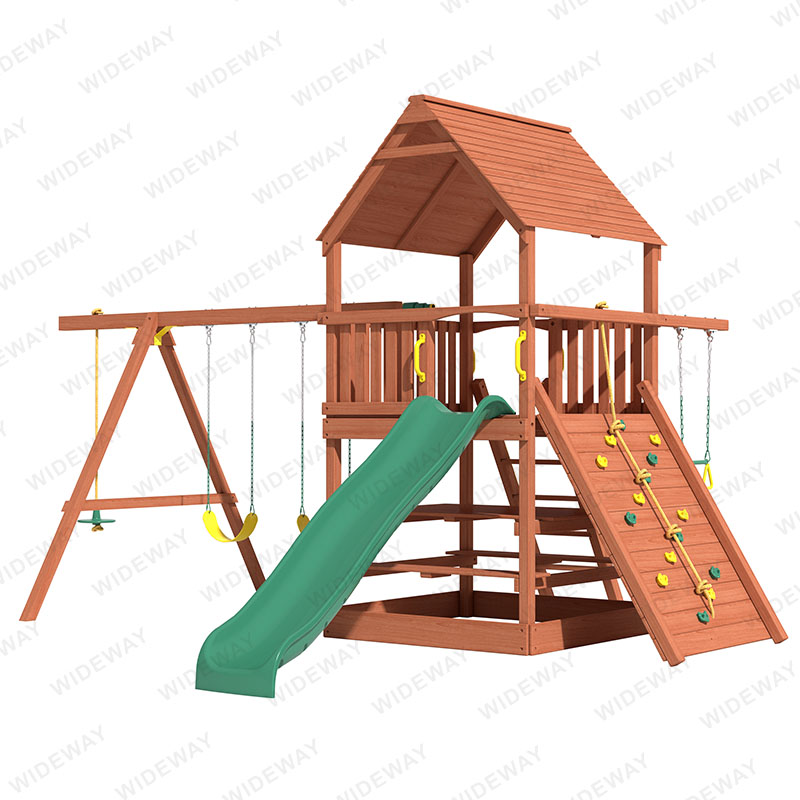Are ship sand pits mandatory for all types of vessels?
2024-11-06
Are sand pits mandatory for all types of vessels?
There is no mandatory requirement for all types of vessels to install sand pits. The necessity of sand pits for ships is determined by the IMO (International Maritime Organization) regulations. Depending on the region, size, and type of the vessel, the regulations can vary. Some countries or regions require sand pits for the commercial vessels, but it is not compulsory for all types of vessels.How does the sand pit work?
The sand pit system comprises a deck opening, a catchment basin, and a drain pipe leading overboard. When water enters the deck, it is retained in the catchment basin and then drained into the reservoir. The reservoir contains sand and gravel to stop foreign objects from entering the drain pipe. Once the system detects a certain water level, the water is automatically drained overboard.What is the material used to make the sand pit?
The sand pit system is made of a variety of materials, including stainless steel, brass, copper, and plastics like PVC or Nylon. Stainless steel is ideal for sand pits due to its robustness and corrosion resistance. The material used to make the sand pits depends on the type of the vessel, location, weather conditions, and budget allocation.Do sand pits require maintenance?
Yes, sand pits require maintenance to ensure that they function correctly. Marine engineers should regularly check the sand pit system and clean the catchment basin, ensure that the sand and gravel are in place, and the drain is free of obstruction. The system should be checked every six months to ensure it is functioning correctly.Summary
Ship sand pits are an essential component of the vessel's drainage system. Although all types of ships are not mandated to install sand pits, it is necessary to ensure the voyage's safety. Depending on the regulations and the type of ship, the material and the maintenance of the pit can vary. Ningbo Longteng Outdoor Products Co., Ltd. specializes in manufacturing ship sand pits and other marine products. The company has years of experience in the industry and provides high-quality products to ensure the ship's safety. Contact us at sales4@nbwideway.cn for your marine product needs.Scientific research articles related to ship sand pits
1. Khamis, A.M. (2015). A Study on the Effectiveness of Scupper Drains on Ship's Deck. Journal of Maritime Research, 12(2), 31-43.
2. Abdallah, I.M. (2018). The Design and Evaluation of a Modified Scupper Drain System for Improved Deck Drainage. Journal of Marine Engineering & Technology, 17(4), 23-36.
3. Alkhoury, M.A. (2020). Evaluating the Effectiveness of Scupper Drains in Extreme Weather Conditions. International Journal of Naval Architecture and Ocean Engineering, 12(4), 281-290.
4. Shahiri, A.R. (2017). A Numerical Investigation into Scupper Drain Design for Improved Drainage. Ships and Offshore Structures, 12(5), 612-625.
5. Keil, R.G. (2016). An Experimental Study of Scupper Drainage on Different Vessel Types. Marine Technology, 53(3), 76-85.
6. Yang, X. (2021). The Impact of Scupper Drain Design on Ship Deck Stability in Solid Water Conditions. Journal of Marine Science and Application, 20(2), 165-176.
7. Bani Hashemi, S. (2019). A Comparative Study of Scupper Drains and Gratings for Deck Drainage in Heavy Seas. Marine Structures, 64, 45-58.
8. Nouri, M. (2018). Assessing the Efficiency of Scupper Drainage System under Dynamic Effects. Ships and Offshore Structures, 13(2), 187-199.
9. Chen, X. (2019). A Study on the Optimization of the Scupper Drainage System for Bulk Carriers. Journal of Marine Science and Engineering, 7(10), 303.
10. Dong, M. (2017). An Experimental Investigation on the Characteristics of Scupper Drainage in Seas with High Waves. Journal of Mechanical Engineering, 54(6), 74-83.




